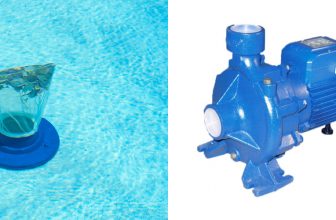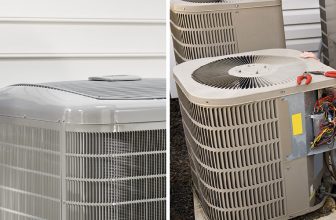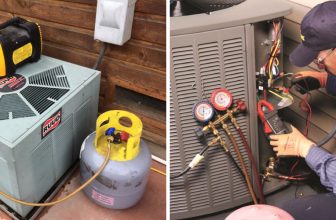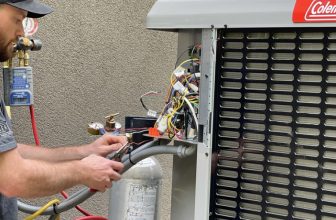How to Fix a Short Cycling Heat Pump
Are you having trouble with your heat pump short cycling? This can be a frustrating issue to deal with, as the continual turning on and off of the system can lead to increased energy costs. Fortunately, there are some quick fixes that you can try before calling in an HVAC technician.
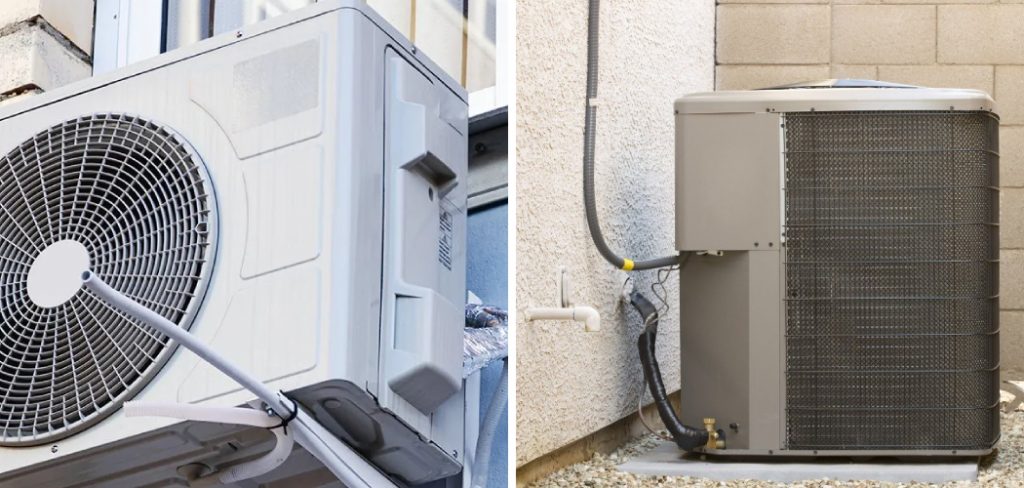
It’s not uncommon for heat pumps to short-cycle during the winter months. This means that instead of running consistently throughout the day, they turn on and off quickly – often within a few minutes. It can be challenging to diagnose and fix this issue properly, so your heat pump runs efficiently – but it’s definitely possible!
With detailed instructions and helpful tips on how to fix a short cycling heat pump, we can show you precisely how to troubleshoot and repair your short-cycling heat pump in no time.
What Will You Need?
Before you begin troubleshooting and fixing your short-cycling heat pump, you’ll need a few tools on hand to help you along the way.
- Screwdriver or drill
- Flashlight
- Clean rag
- Wire brush
- Vacuum cleaner
Once you have all the necessary tools, you can start tackling your heat pump issue.
10 Easy Steps on How to Fix a Short Cycling Heat Pump
Step 1: Check The Air Filter
When fixing a short-cycling heat pump, the first thing is to check the air filter. If your air filter is clogged or dirty, this can prevent airflow and cause the heat pump to turn on and off rapidly. To fix this issue, clean or replace your air filter as needed.
Step 2: Examine The Wiring
If cleaning the air filter does not resolve the problem, it’s time to look at your wiring. Check all of the wires connected to the heat pump for any damage or signs of wear and tear. If you find any frayed cables or broken wires, repair them with a screwdriver or drill before continuing with your troubleshooting process.
Step 3: Inspect The Outdoor Unit
Next, inspect the outdoor unit of your heat pump. Look for signs of damage or wear and tear on the unit and make sure that it is properly secured to the ground. If there are any issues with your outdoor unit, it could be causing your heat pump to short-cycle.
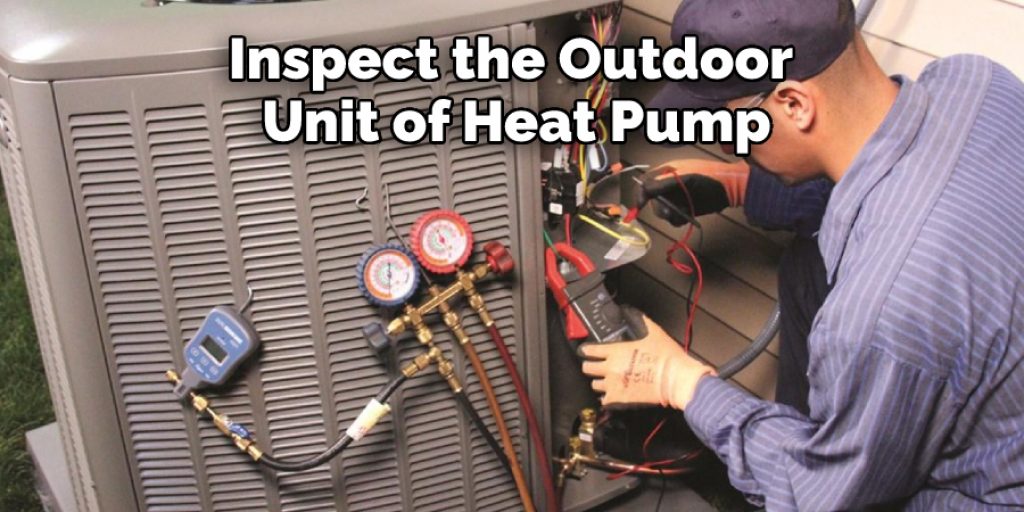
Step 4: Clean The Condenser Coils
The condenser coils can become clogged over time, which can lead to airflow issues and cause your heat pump to turn on and off rapidly. To clean the condenser coils, use a vacuum cleaner or wire brush to remove any debris from the coils. Be careful not to damage the coils while cleaning.
Step 5: Check The Refrigerant Level
Check the refrigerant level if you’re still having trouble with short cycling. Low refrigerant levels can cause the heat pump to turn on and off quickly, so ensure your system is properly charged before troubleshooting. Don’t attempt to add refrigerant yourself; contact a professional HVAC technician for help.
Step 6: Inspect The Blower Motor
Next, inspect the blower motor for any signs of damage or wear and tear. If you find any issues with the motor, replace it as soon as possible. This will help ensure that your heat pump is running smoothly and efficiently.
Step 7: Check For Leaks
It’s also important to check for leaks in your heat pump system. Look for signs of moisture or condensation around your system’s pipes, connections, or other components. If you find any leaks, repair them immediately to prevent further damage.
Step 8: Examine The Thermostat
If your heat pump is still short cycling after checking all of the above components, it may be time to inspect the thermostat. Ensure the thermostat is properly calibrated and adjust any settings as needed. It’s also a good idea to clean the thermometer contacts with a damp cloth before adjusting any settings.
Step 9: Clean The Air Vents
Finally, check air vents for any signs of obstruction or debris buildup. If you find anything blocking your air vents, clean them out with a vacuum cleaner or soft rag. This will help ensure that your system is running efficiently and effectively.
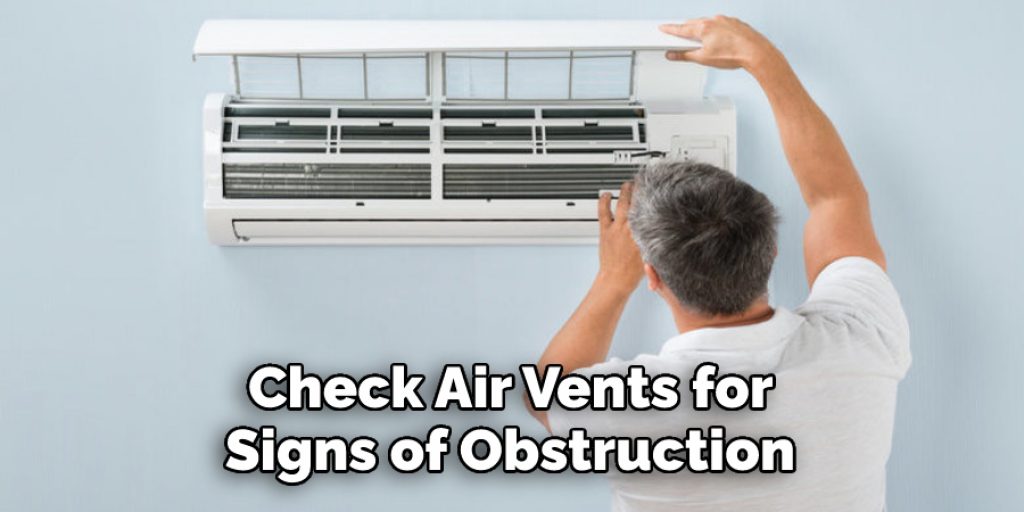
Step 10: Call An HVAC Professional
If all else fails, it’s time to call an experienced HVAC technician. A professional can assess the problem and fix your heat pump quickly and safely. They may also recommend additional repairs or maintenance to help prevent future system issues.
By following these steps, you should be able to troubleshoot and fix a short-cycling heat pump successfully. With regular maintenance and proper care, you can keep your heat pump running efficiently for many years to come. If you need additional help fixing your system, contact an experienced HVAC technician.
5 Additional Tips and Tricks
- Make sure your outdoor unit is clear of debris and vegetation. Leaves, sticks, and other debris can get caught in the fan blades, causing them to run more frequently and inefficiently.
- Check the air filter for dust buildup and replace it if necessary. A clogged air filter will cause your heat pump to cycle too frequently as it struggles to bring enough air through the system.
- Inspect the thermostat settings and make sure they are set correctly for cooling mode. The correct setting should be between 55-75 degrees Fahrenheit, depending on how cool you want your home to be.
- Look for any obstructions that might be blocking airflow from leaving or entering the system, such as large pieces of furniture in front of vents.
- Clean the outdoor condenser coils regularly, as dirt and debris can reduce their efficiency and cause the heat pump to cycle too frequently. Use a garden hose or pressure washer to remove any buildup of dirt and dust from the condenser coils.
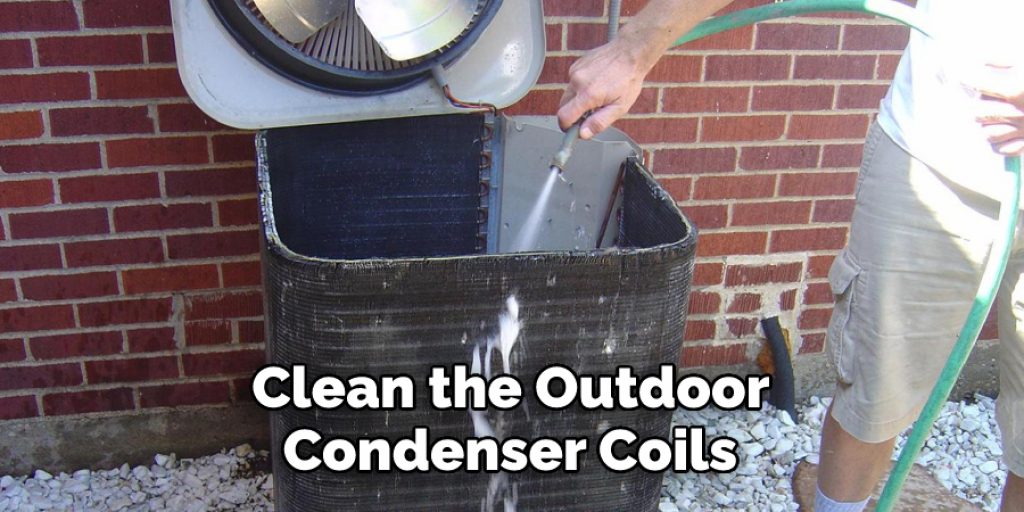
With these tips and tricks, you should be able to fix your short cycling heat pump quickly and efficiently. If the problem persists after trying these steps, it may be time to call a professional for help.
5 Things You Should Avoid
- Don’t ignore odd cycling patterns or other warning signs that your heat pump isn’t working properly, such as strange noises from the unit or an increased energy bill.
- Avoid using extension cords with your outdoor air-conditioning unit; they may not have enough power capacity for your specific heat pump and could lead to danger or damage.
- Don’t delay changing your air filter; a dirty air filter can lead to short cycling, as the system can’t draw in enough air for its normal function.
- Steer clear of adjusting your thermostat more than once a day; if you continuously adjust it, the heat pump could start to struggle with the constant changes and could cause it to overwork itself and cycle on and off more often than normal.
- Ignoring a problem with your heat pump could be a costly mistake; seeking professional help can save you money and keep your family safe.
By avoiding these five common mistakes, you can help ensure your heat pump works correctly and efficiently. If you still struggle to fix a short cycling heat pump, don’t hesitate to call a licensed technician who can provide expert advice and services.
Why Would a Heat Pump Short Cycle?
A heat pump that is short cycling may be caused by several factors. It could be due to an issue with the air filter, thermostat settings, outdoor condenser coils, or even an incorrect size unit for your home. When the system is overloaded, it will cycle quickly in order to prevent overheating, which can cause major damage if not addressed promptly.
Other causes of a short cycling heat pump include insufficient refrigerant levels, blocked ducts or vents, and faulty wiring. All these issues should be inspected and rectified by a licensed HVAC technician.
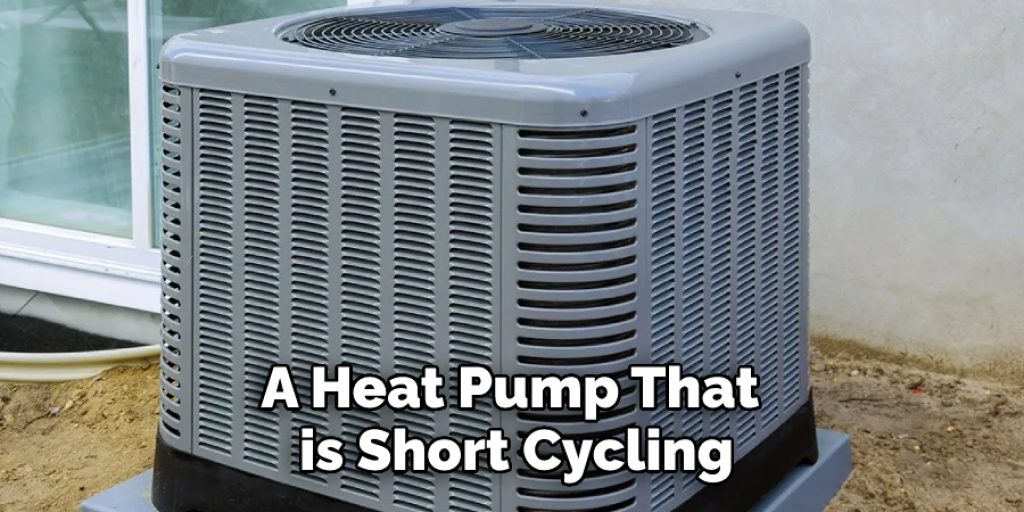
By understanding why your heat pump might be short cycling and how to fix the problem properly, you can help ensure your system runs efficiently and effectively.
Conclusion
Fixing a short cycling heat pump really isn’t that complicated of a task, and you don’t need to be an expert to get the job done. As long as you have the right tools and systems at your disposal, it should be relatively easy.
First and foremost, take time to understand why your heat pump is short cycling in order to identify potential solutions. Inspect any incurred damages along with potentially faulty components like the air filter or capacitor. If need be, contact a professional to discuss more complex maintenance needs, such as checking refrigerant levels or replacing parts.
With these steps under your belt, you’ll surely be able to administer a successful fix to your heat pump short cycling issue in no time. Fixing any issue effectively requires knowledge, attention to detail, and an effective plan of action – adhering to these ideas will ensure success the next time you encounter an issue with your system.
Hopefully, the article on how to fix a short cycling heat pump has provided you with the information and guidance you need to get your system up and running smoothly again. Good luck!

